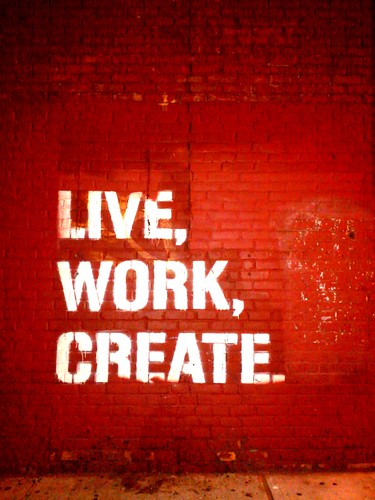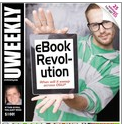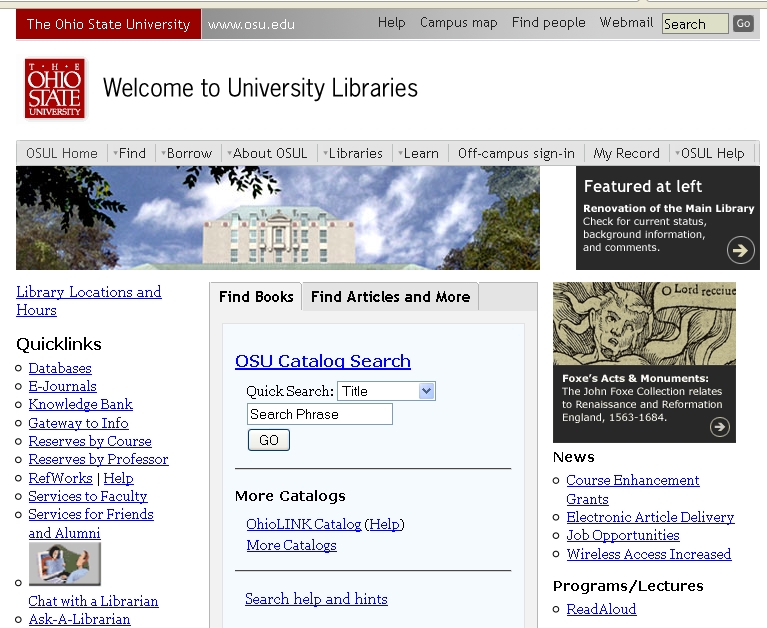 We are excited to announce that the Ohio State University Libraries is now recruiting for its next Mary P Key (MPK) Diversity Resident in the area of Digital Research Services Librarian for the Sciences.
We are excited to announce that the Ohio State University Libraries is now recruiting for its next Mary P Key (MPK) Diversity Resident in the area of Digital Research Services Librarian for the Sciences.
This two-year residency program is designed to provide mentorship and support to an individual transitioning into a career in research librarianship and hands-on exposure to the operations in the University Libraries.
What is unique about this residency position is that the resident will engage with and connect the Libraries’ growing digital scholarship services to faculty and students, provide instruction that addresses scientific information literacy in the digital age, and partner with scientists to advance information management across the research life-cycle.
The formal job posting can be found here, but we thought we would share some additional insight about the Libraries and the MPK Diversity Residency from a few of us at OSU.
What was valuable to you during the Mary P Key Diversity Residency?
“I found the my residency as an Electronic Resources and Access Librarian to be an invaluable experience, but if I had to select only one thing that was most valuable it was the supportive colleagues who were truly interested in making the experience a development opportunity with the right mix of challenge and support.”
-Juleah Swanson, Acquisitions Librarian for Electronic Resources and former MPK Diversity Resident 2011-2012.
What is it exciting about OSU Libraries Research Services?
“In the Libraries we’re working with faculty, graduate students, and undergraduate students to partner on projects throughout the research lifecycle. Since information is rapidly changing, particularly in the sciences, the Libraries are continually adjusting to meet evolving researcher needs. One way we’re preparing revolves around supporting emerging research requests of data management and digital scholarship. Another exciting opportunity is that we’re developing a Research Commons, which will open in Summer 2015, and be focused around technology and expertise-enabled services focused on the research enterprise at Ohio State.”
-Meris Mandernach, Head of Research Services
We are thrilled about this new residency and hope you consider applying for this position or share with those who may be interested. The full job description can be found at the URL below. Preference will be given to applications received by July 11, 2014.
Mary P. Key Diversity Resident
Digital Research Services Librarian for the Sciences
http://library.osu.edu/documents/human-resources/jobs/MPK_Residency_Science_Librarian_PD.pdf










Recent Comments